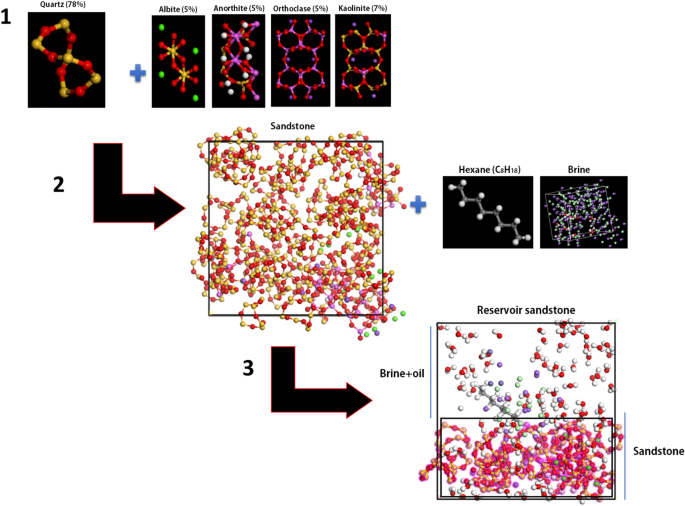
Regionalism and the Realities of Naming, Stephen C. Biodiversidade e Abundância de Insetos e Seletividade de Inseticidas na EEA-IRGA, Cachoeirinha, RS, Tiago Finger Andreis, Leila Lucia Fritz, Elvis Arden Heinrichs, Marciele Pandolfo, Letícia Diaz da Silva, Jaime Vargas de Oliveira, and Lidia Mariana Fiuzaĩ. (Ted) Carter Jr.ĥ-HT2A Receptors Modulate Dopamine D2-mediated Maternal Effects, Jun GaoĦ Myths about the Future of Small Towns, Heartland Center for Leadership Developmentĩ1. Streubel, Tieshi Li, and Bin DuanģD printing of silk fibroin-based hybrid scaffold treated with platelet rich plasma for bone tissue engineering, Liang Wei, Shaohua Wu, Mitchell Kuss, Xiping Jiang, Runjun Sun, Reid Patrick, Xiaohong Qin, and Bin DuanĤ0 Years of Women at the Naval Academy: ‘Ability, not gender’, Walter E. BatchaģD printing of multilayered scaffolds for rotator cuff tendon regeneration, Xiping Jiang, Shaohua Wu, Mitchell Kuss, Yunfan Kong, Wen Shi, Philipp N. MaddaloniĢ0th & 21st Century French and Francophone Studies International Colloquium, University of Nebraska, March 26-28, 2020: Call for Papers, Program, and Plenary SpeakersĢ0 YEARS OF DENTISTRY RESEARCH AT WORLD PERSPECTIVES: A SCIENTOMETRIC STUDY, Mohammad Amees, Saddam Hosaain, and Sadik M. 7-9, 2020Ģ0 Clues to Community Survival: An Annotated List, Heartland Center for Leadership DevelopmentĢ0 IS PLENTY: THE MOST INFAMOUS OF THE INVASIVE SPECIES, Giancarlo V. David AikenĢ020 SPONSORSHIP OPPORTUNITIES. David AikenĢ020 Nebraska Property Tax Issues, J. David AikenĢ020 Nebraska Crop Budgets Review, Glennis McClureĢ020 Nebraska Property Tax Changes, J. SchlakeĢ020 Nebraska Agricultural Custom Rates with Statewide Survey Summary, Gelnnis McClureĢ020 Nebraska Ballot Issues – Election Results, J. Schlake and Sandra BarreraĢ020 CARES Act – Financial Supports for Small Business, Marilyn R. HoekstraĢ019 PRESIDENTIAL ADDRESS: Radical Honors: Pedagogical Troublemaking as a Model for Institutional Change, Richard BadenhausenĢ019 Winter NASIS Methodology Report, Bureau of Sociological ResearchĢ019 Winter NASIS: Nebraska Annual Social Indicators Survey, Bureau of Sociological ResearchĢ020 CARES Act – APOYO FINANCIERO PARA PEQUEÑAS EMPRESAS, Marilyn R.

Erickson, Adam Liska, Haishun Yang, Thiago L. Mekonnen, Christopher Michael Usher Neale, Chittaranjan Ray, Galen E. Knutson, and Tsegaye TadesseĢ019 Nebraska Water Productivity Report, Mesfin M. BrogieĢ015 Fall Migration Bird Banding at Wildcat Hills State Recreation Area, Holly GarrodĢ016-2017 Nebraska Annual Social Indicators Survey (NASIS) Methodology Report, Bureau of Sociological ResearchĢ016 Annual Report Building Drought Resilence, Kelly SmithĢ018 NDMC ANNUAL, Mark Svoboda, Kelly Smith, Deborah Bathke, Brian Fuchs, Cody L. BrogieĢ014 Greatplants Gardener, Jan Riggenbach, Rachel Anderson, Ryan Armbrust, Laura Armbrust, Bob Henrickson, Louise Lynch, and Doug GolickĢ015–2016 Christmas Bird Counts, Don PasekaĢ015 (27th) Report of the NOU Records Committee, Mark A. De VoreĢ014–2015 Christmas Bird Counts, Don PasekaĢ014 (26th) Report of the NOU Records Committee, Mark A. Methane is the predominant product with a high H 2 fraction at normal reaction pressure while liquid hydrocarbons are mainly produced with a large CO 2/CO fraction at a relatively high pressure.100 Worth While Accomplishments of the College of Agriculture the Past Two Years, Nebraska Agricultural Experiment Stationġ0 years after fair move, UNL grows dynamic Innovation Campus, Steven WhiteĢ009 Archaeological Investigations at the Walters, Beedle, and Lyon Lots, Lincoln Home National Historic Site, Dawn Bringelson, Gosia Mahoney, and Steven L. The kinetics study indicates that product selectivity (methane or liquid hydrocarbons) is determined by the competition between the two most favorable reactions: CH + H and CH + CH. Both the hydrogenation processes produce active C and CH species, which subsequently undergoes hydrogenation to CH 4 or a carbon chain growth reaction. The results showed that on Ru(0001) surface, CO 2 hydrogenation starts with the formation of an HCOO intermediate and produces adsorbed CHO and O species, followed by CHO dissociation to CH and O while CO hydrogenation occurs via either a COH or CHO intermediate. The adsorption of intermediate species ( e.g., COOH, CHO and CH), reaction mechanisms, reaction selectivity and kinetics were systematically investigated. In this work, density functional theory (DFT) calculations were carried out to investigate the hydrogenation of CO 2 and CO on Ru(0001) surface to shed light on the understanding of the reaction mechanism, searching new catalysts and improving reaction efficiency.

Catalytic hydrogenation of CO 2 or CO to chemicals/fuels is of great significance in chemical engineering and the energy industry.


 0 kommentar(er)
0 kommentar(er)
